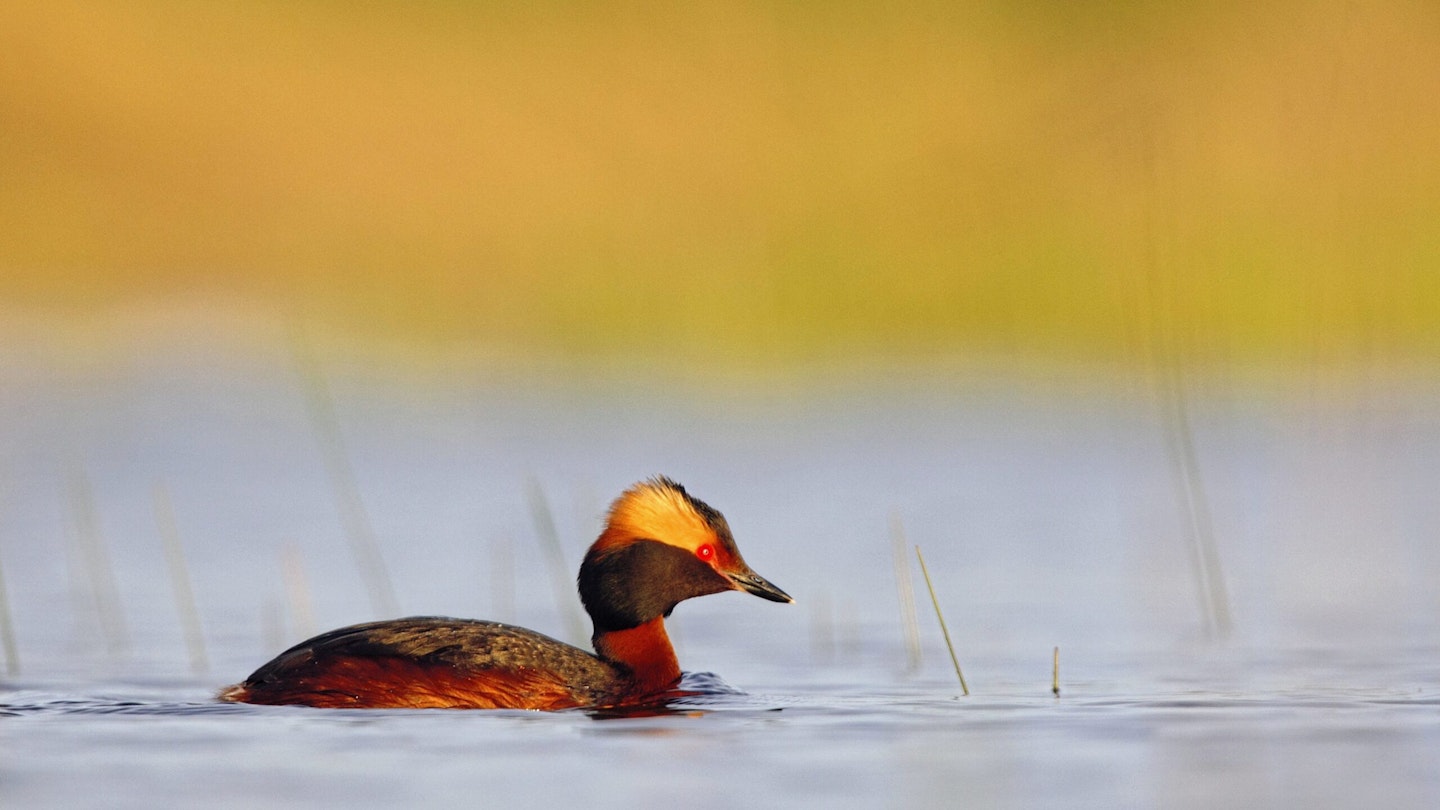Slavonian Grebe
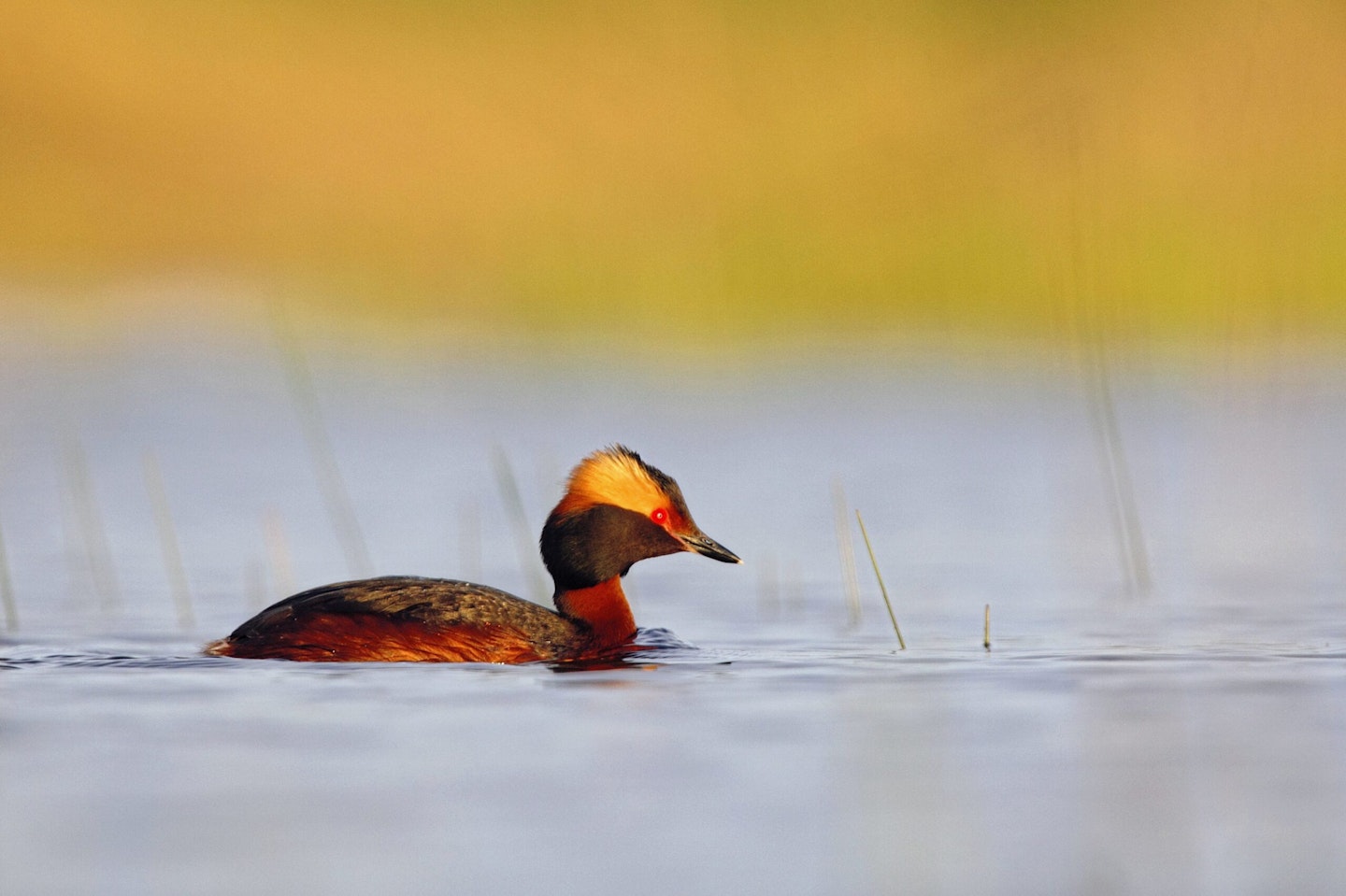
With fewer than 50 nesting pairs (all in the Scottish Highlands), the spectacular little Slavonian Grebe is one of our rarest breeding birds. Understandably, most nesting lochs remain more or less secret (to minimise disturbance), but luckily a few pairs (i.e. a substantial proportion of the entire UK breeding population!) nest at the RSPB’s Loch Ruthven reserve, where they can be observed in action from within a hide. They are slightly larger than Little Grebes with red-and-black plumage, including lovely black flared cheeks, with glorious golden tufts behind the ruby-red eyes.
Red-rumped Swallow x
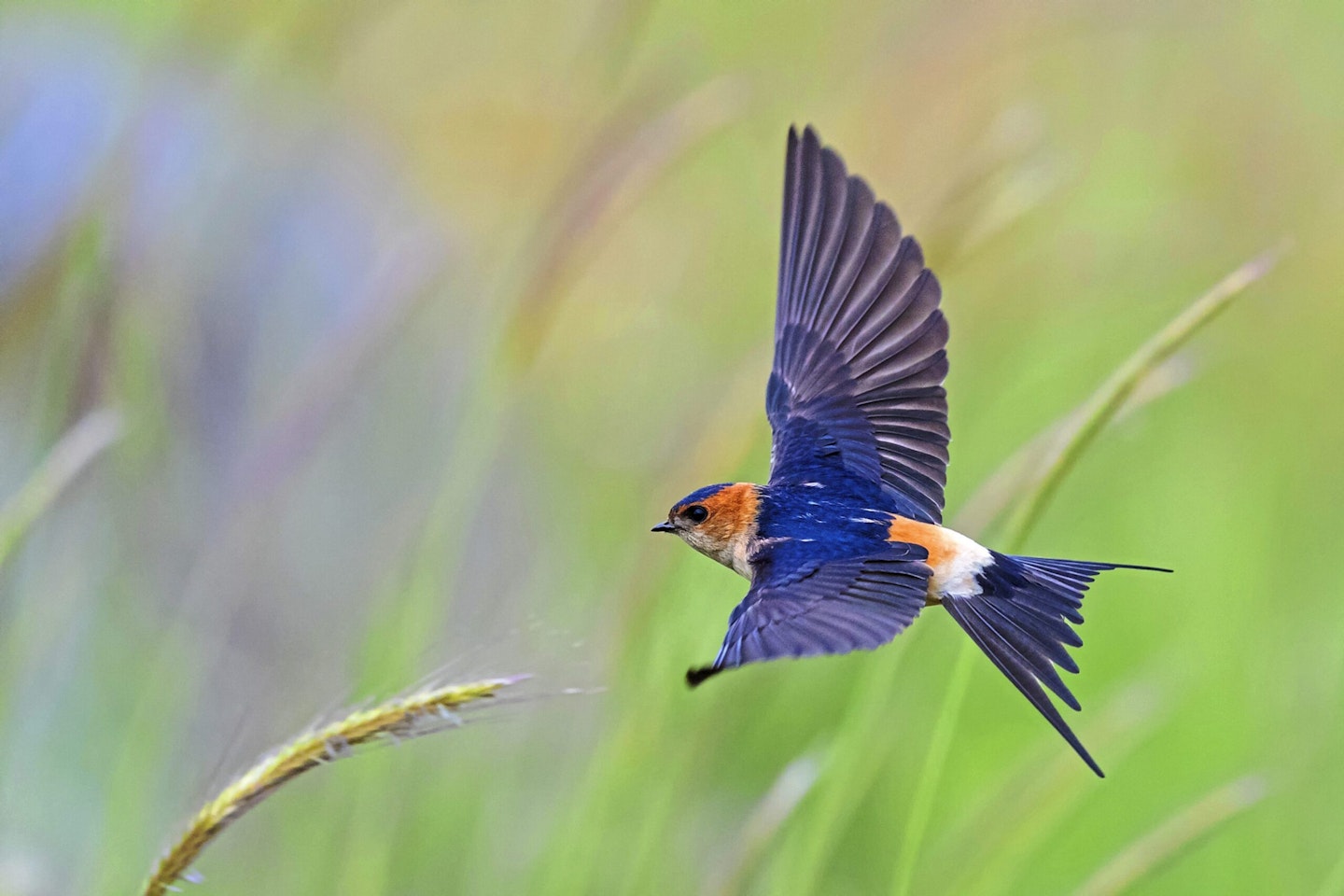
The Red-rumped Swallow is a southern European species which is a regular, yet rare visitor to the UK, mainly in spring (April and May). Like other hirundines, they are often seen feeding over water, so favoured lakes near you where feeding hirundines gather are probably the best place to find your own. They are similar in size and structure to (Barn) Swallows, including long outer tail streamers. However, the nape is rufous , and the rump is rufous and buff (which often looks obviously pale). The feeding flight is also more graceful than that of the Swallow, including long glides (so more like the flight of a House Martin), which can help pick Red-rumped Swallows from gathered masses of hirundines.
Sandwich Tern xxx

The large, pale, shaggy crested, Sandwich Tern is usually the earliest tern to reappear round British coasts, with the first birds appearing in March, but passage continuing well into April and beyond. The long, narrow bill is black with a small yellow tip and the tail relatively short for a sea tern. Often the first indication that Sandwich Terns are around is the harsh, almost scraping, ‘kirrick’ call. Sadly, along with many other colonial nesting seabirds, Sandwich Tern populations have been decimated by bird flu; so inland birds are all the more prized.
Ring Ouzel xx
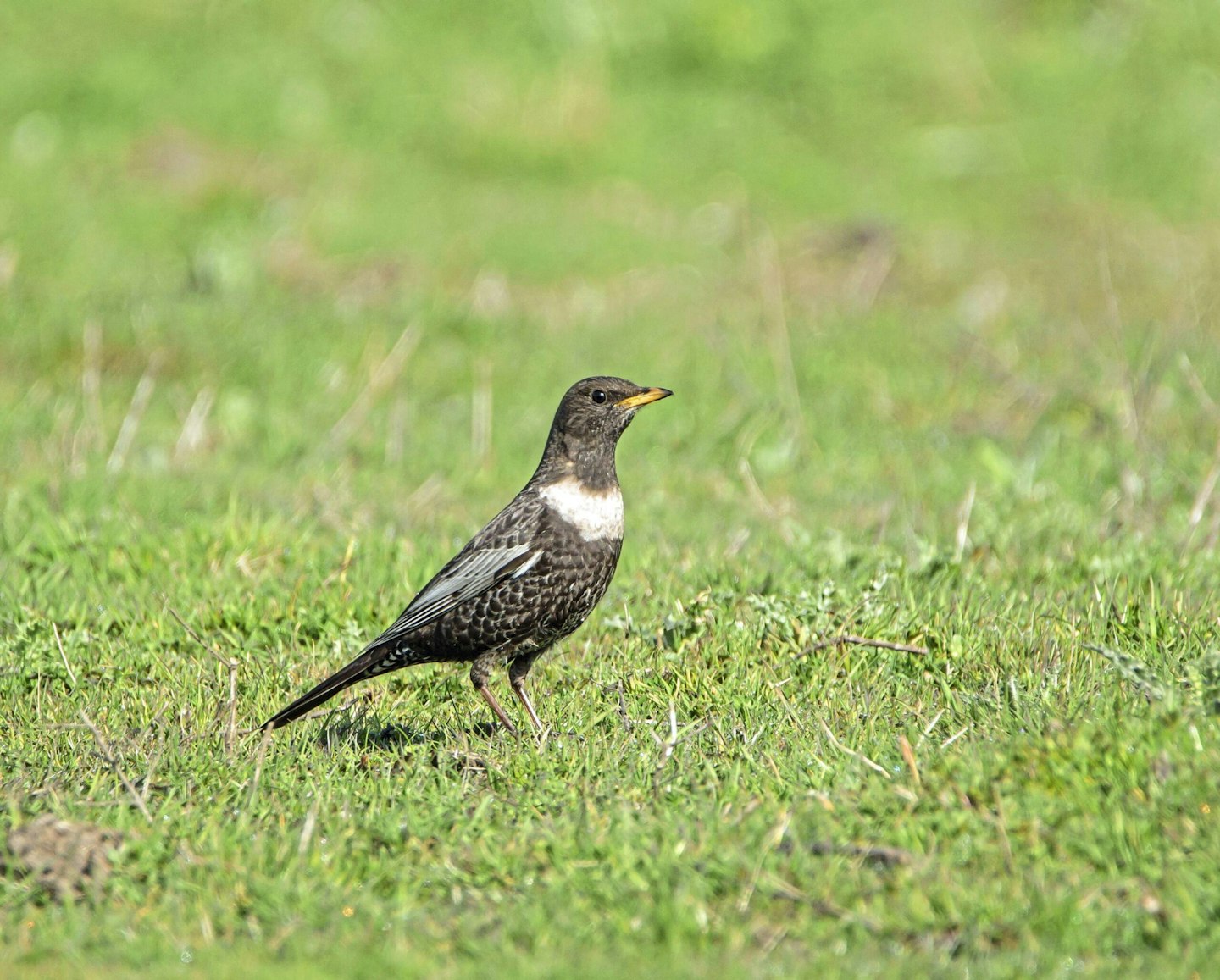
While our winter thrushes, the Fieldfare and Redwing are heading back to the continent to breed, the handsome, shy ‘Mountain Blackbird’ is migrating into the UK, as a summer visitor, during April. Some birds are just passing through on passage, or they are on their way to the breeding grounds, which include undisturbed upland areas in the north and west of the country (with a maximum of about 6,500 pairs). From mid-April they do appear on passage, including at suitable inland sites, which may be high points or just suitable short-grass fields with hedges or trees to bolt into and hide at the slightest hint of disturbance (unlike their close cousins, Blackbirds which are very tolerant of people, Ring Ouzels can be stupidly shy birds. One of the great prizes of April patch-watching.
Nightingale xx
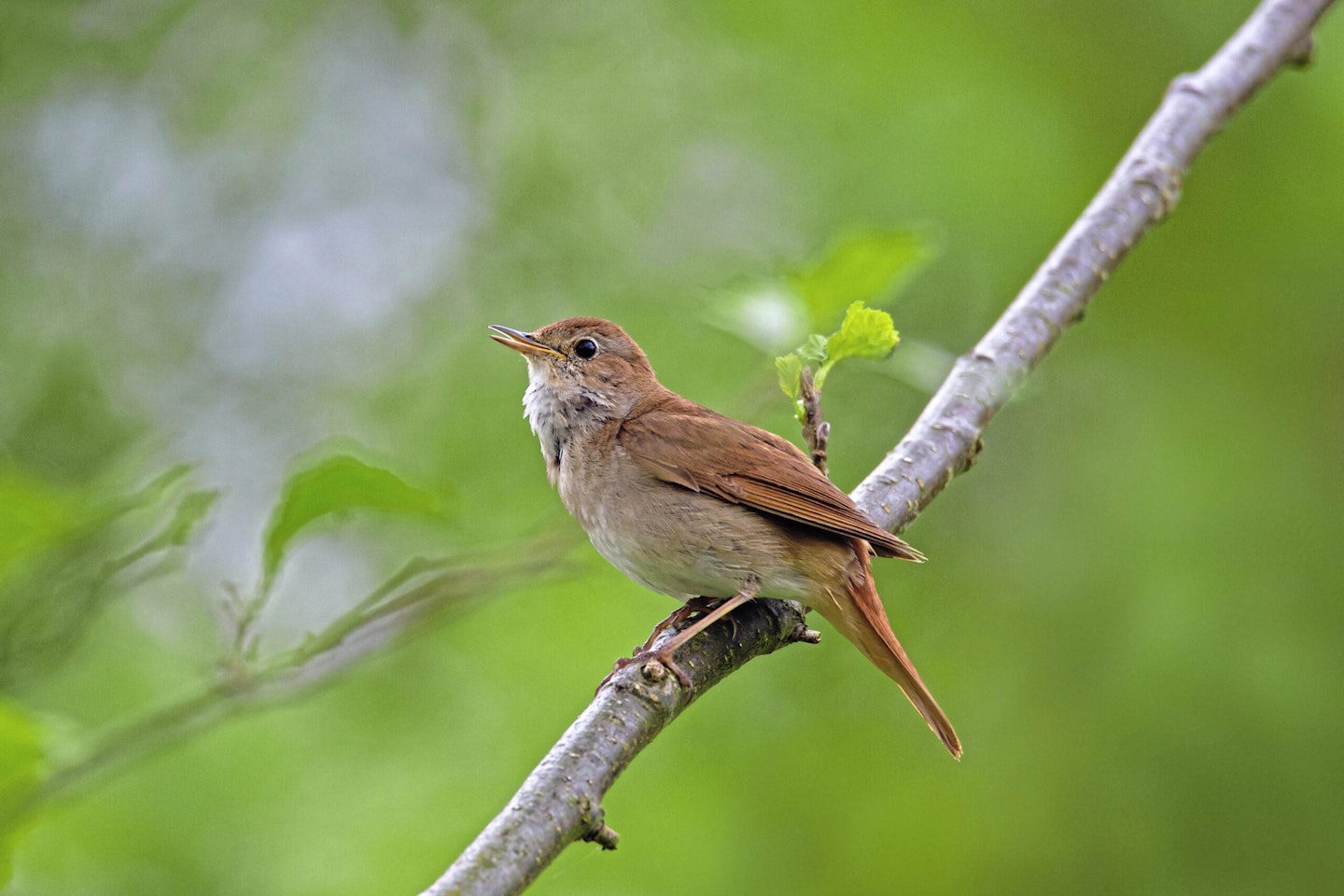
Some bird-lovers proclaim that they are not impressed by the song of the Nightingale. Perhaps, they have never heard an experienced singer in full form. Nightingales are exceptionally accomplished virtuosos of birdsong. The first song heard from mid-April is one of the great delights of spring. Some bird-lovers proclaim that they are not impressed by the appearance of the Nightingale. Perhaps, they are missing the point of this subtly patterned, plain brown chat (with a full, rufous tail). Nightingales are not about flashy plumage, they are about flashy, jazzy, mastery of vocalisation! They are birds of southern England (and mainly south-eastern England), with about 6,700 singing males each year. So, if you don’t live there, then treat yourself to a visit to a site when you can hear the greatest song, by day or night.
